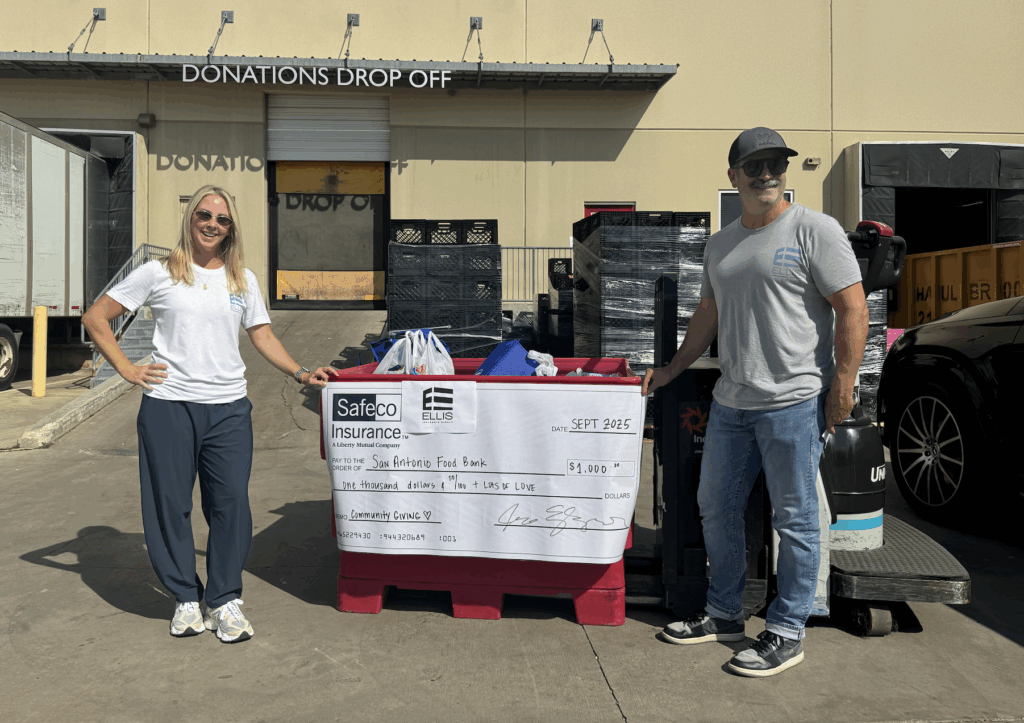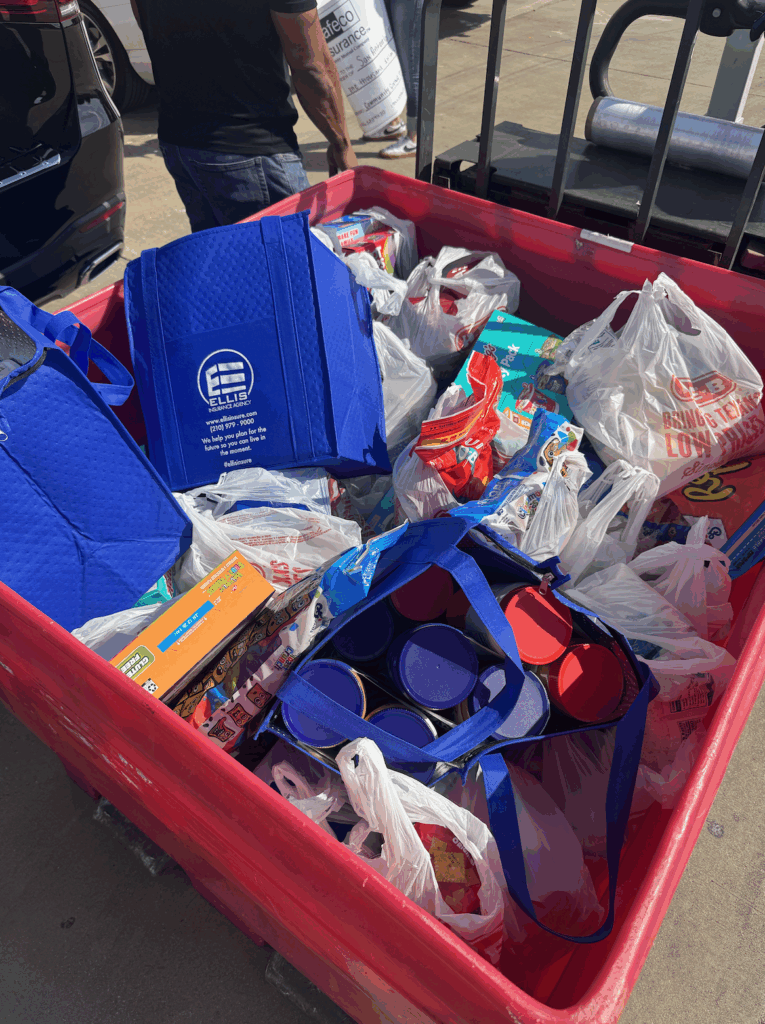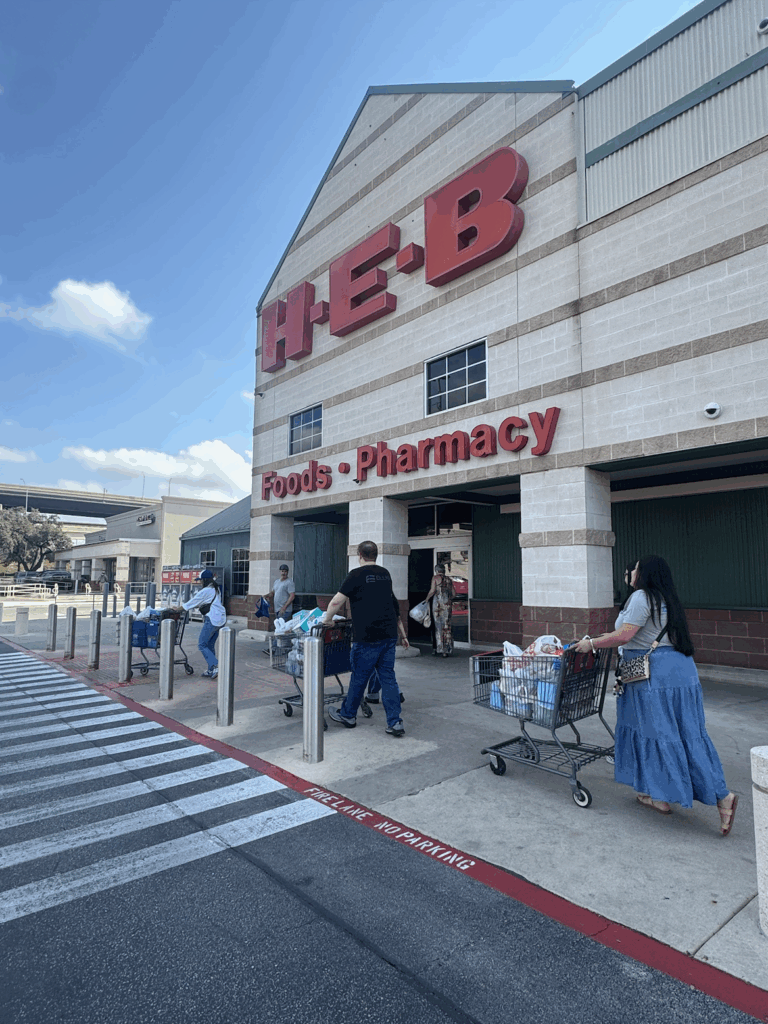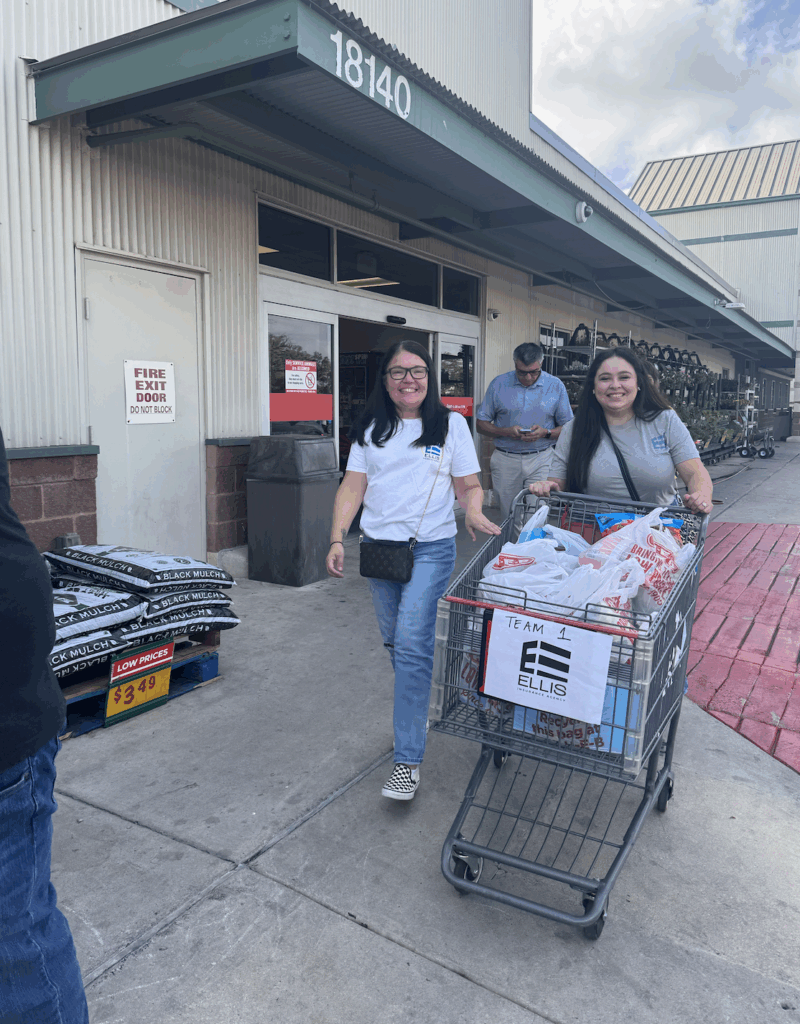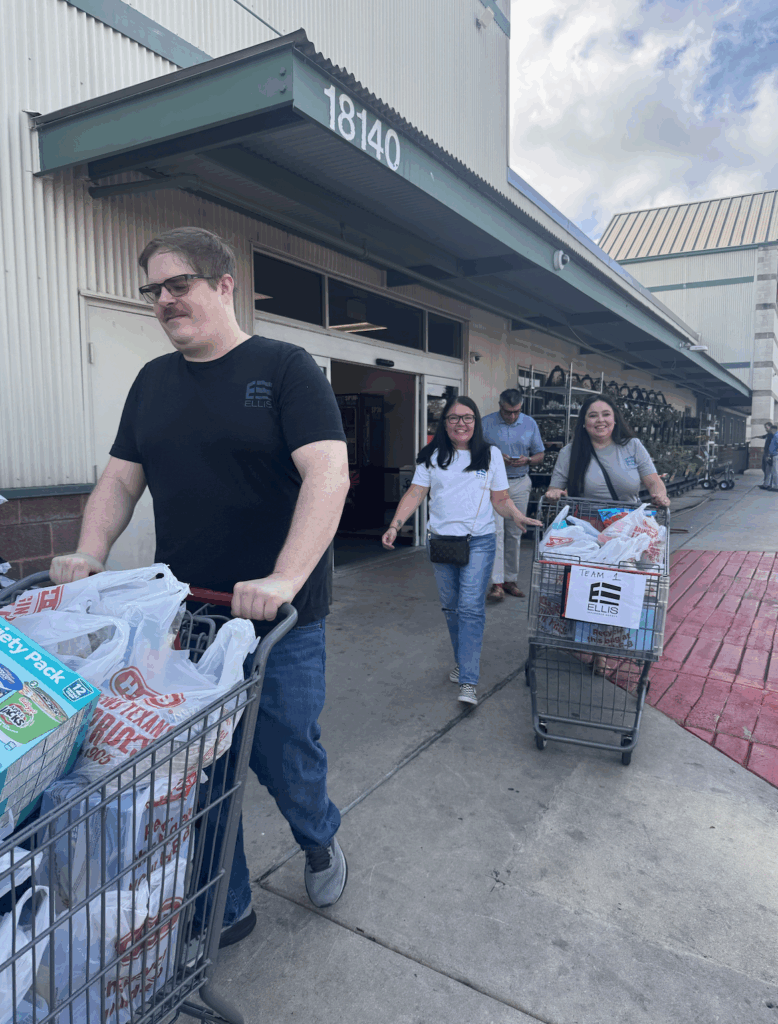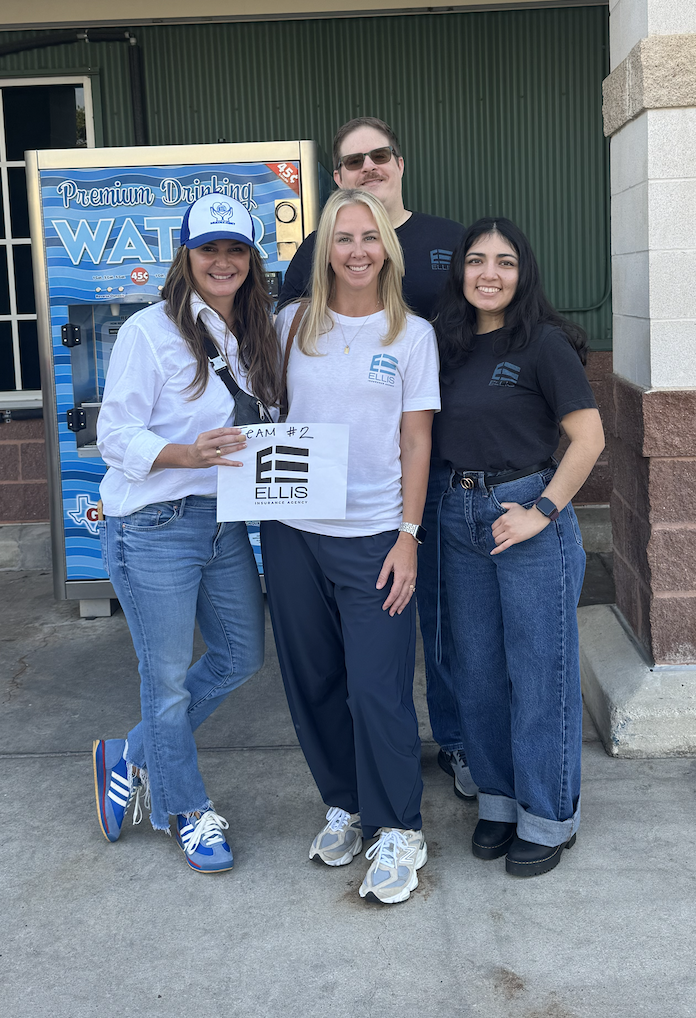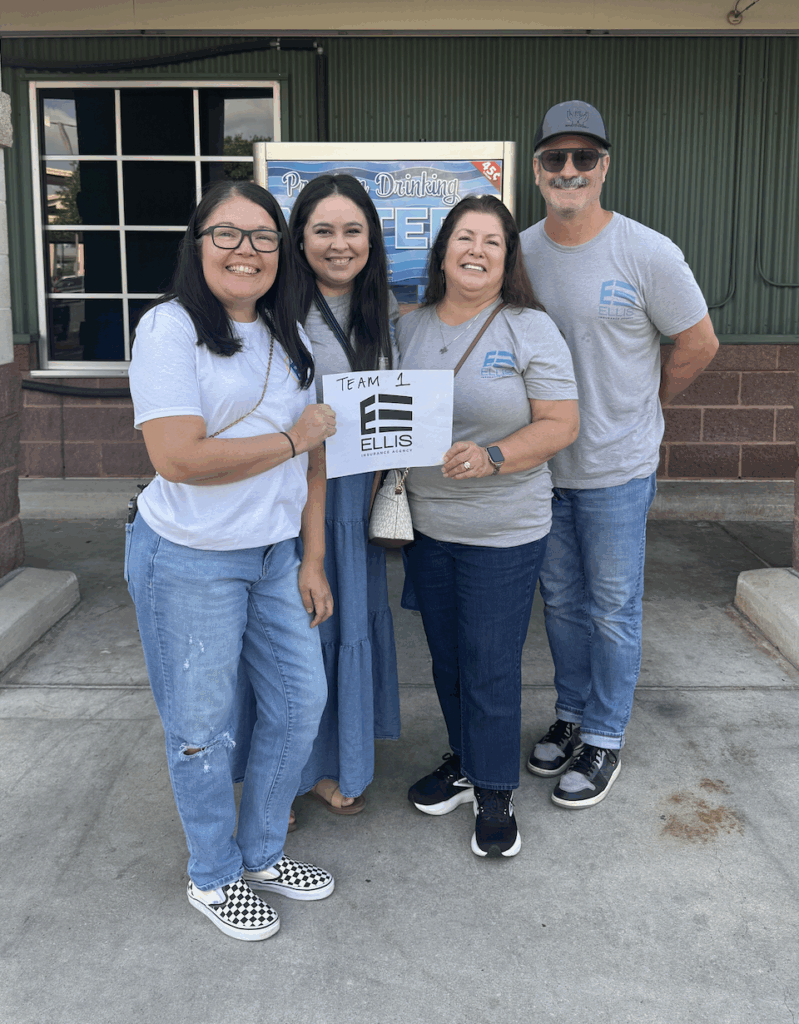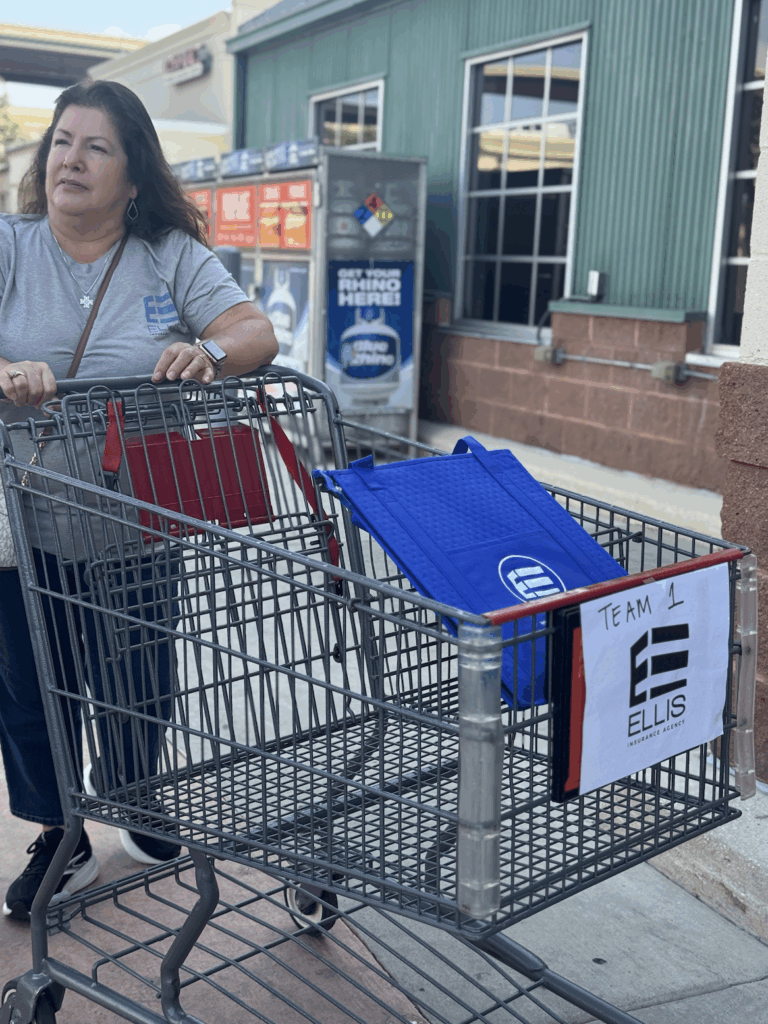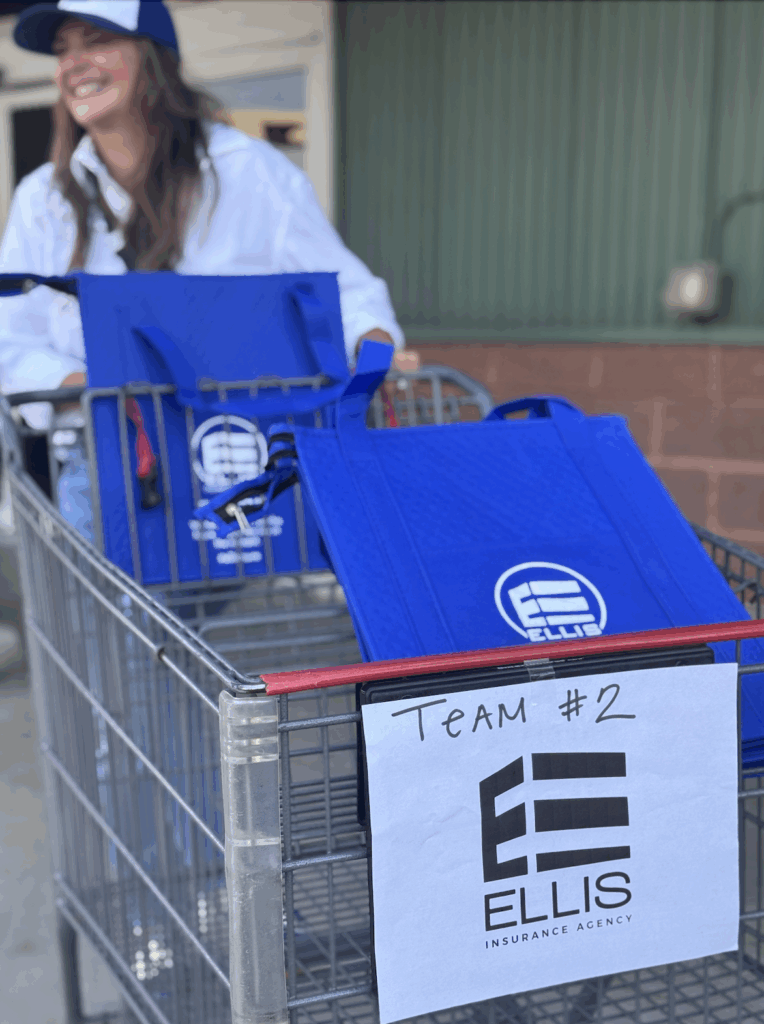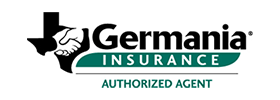As a condo owner in San Antonio, TX, you’ll need insurance to cover fire, wind, vandalism, or theft, along with a few other potential negative curveballs life can throw your way.
Most policies cover the following things, but there are other considerations and things typically not covered in a basic policy that you’ll need to ask your insurance professional about before finalizing a policy and its coverage limitations. Learn more from the professionals at Ellis Insurance Agency, serving the San Antonio, TX area.
What Typical Condo Policies Cover in San Antonio, TX
-
Your condo’s interior. Walls, floors, and fixtures are all covered in most policies. The condo association’s master policy will also usually cover things that aren’t your specific unit, like the exterior of the building, connecting hallways or breeze ways, common areas, and more.
-
Your personal property, including furniture, clothing, electronics and more. You may need a separate policy for things like jewelry and watches of higher value.
-
You, if you are sued by someone else for damaging their property or if someone is hurt at another unit.
-
Medical expenses of guests who are hurt while visiting your condo.
-
Hotel bills, restaurants, or other living expenses if a covered event like fire causes you not to be able to stay in your condo.
What Some Condo Policies May Additionally Cover in San Antonio, TX
-
Some insurance policies include some coverage for costs associated with identity theft.
-
Some policies include levies against the condo association for damage to common areas after a catastrophe like a flood or fire.
Some Condo Coverages You May Need to Add
-
Not all policies cover damage from floods. You may need to add this or get a separate policy for this unfortunate potential event.
-
Umbrella insurance. This is insurance that provides extra liability coverage on top of your existing policies.
-
Extra coverage for valuables like guns, jewelry, fine art, and other high-ticket items.
-
Not all policies cover smart TVs, cellphones, or other expensive electronics. You may need an addendum to cover those things.
Call us at Ellis Insurance Agency, serving San Antonio, TX and the surrounding area, for more information on condo insurance today.


